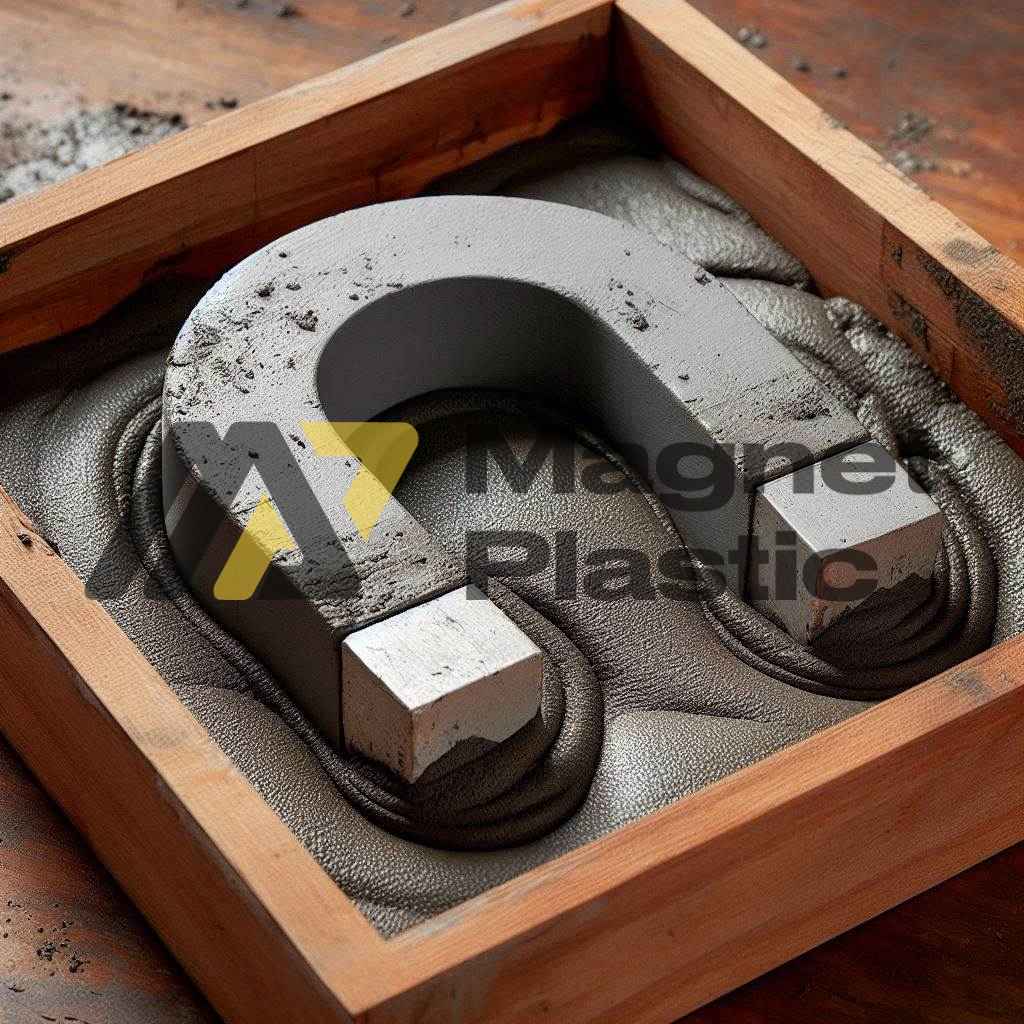Magnetic Formwork in Precast Concrete
In the precast concrete sector, magnetic formwork plays a key role in enabling the creation of structures with different shapes and specific needs. Formwork magnets are the most widely used today, as they facilitate the handling of structural components efficiently, significantly reducing work times.
Formwork magnets, also known as magnetic holding magnets, are essential for holding products in a certain position during the concrete pouring process. These devices are mainly used to secure metal or flexible profiles, allowing the precise formation of structures until the material fully sets.
Advantages and Operation of Magnetic Formwork
Magnetic formwork systems are designed to offer the highest possible holding force. However, to achieve optimal retention, proper contact with the surface is essential, as even a small air gap can significantly reduce the holding capacity.
These magnets are used to hold steel panels, beams, fences and templates in place. Thanks to their design, they allow the piece to be released easily, speeding up the dismantling process and optimising working time. In addition, these systems improve workplace safety, providing a more comfortable working environment and reducing operating costs.
One of the main advantages of magnetic formwork is that they do not require electricity or compressed air to operate, making them an efficient and versatile solution for the construction industry.
Types of Magnetic Formwork Systems
Currently, there are various options for magnetic supports designed for the production of precast concrete elements. Magnets can be purchased with integrated formwork profile and magnets or as separate units, which can be fixed to a wooden or steel formwork on the casting table.
There are also magnetic profiles that prevent any type of inadvertent displacement. These profiles allow the magnet to be released once the piece has been finished, facilitating the reuse of the material and generating significant cost savings.
Applications of Magnetic Profiles
Magnetic profiles can be rigid or flexible and are especially useful in the formation of joints, drips, chamfers and bevels in precast concrete. In addition to providing excellent support and flexibility, their use allows reuse, which reduces operating costs.
Triangular magnetic profiles are the most commonly used due to their versatility. They can have magnets at the base, on one of the legs or on both sides, depending on the specific application.
In addition, there are automatic systems that allow for fast and safe positioning. These devices are made with neodymium magnets and can support loads ranging from 900 to 2100 kg, depending on the dimensions and specifications of the project.
Magnetic Formwork Accessories
There are various magnetic accessories designed to facilitate the fixing of elements on precast tables or molds. These accessories allow the incorporation of lifting anchors, bushings, connections, electrical boxes and other essential components in construction.
In conclusion, magnetic formwork systems have revolutionized the precast concrete industry, offering safer, more efficient and cost-effective solutions. Thanks to their versatility and reusability, these systems have become an ideal option to improve precision and reduce work times in the construction of precast concrete structures.
